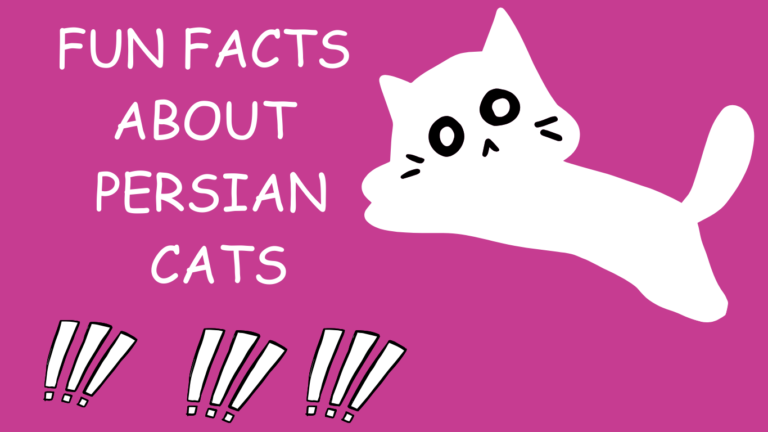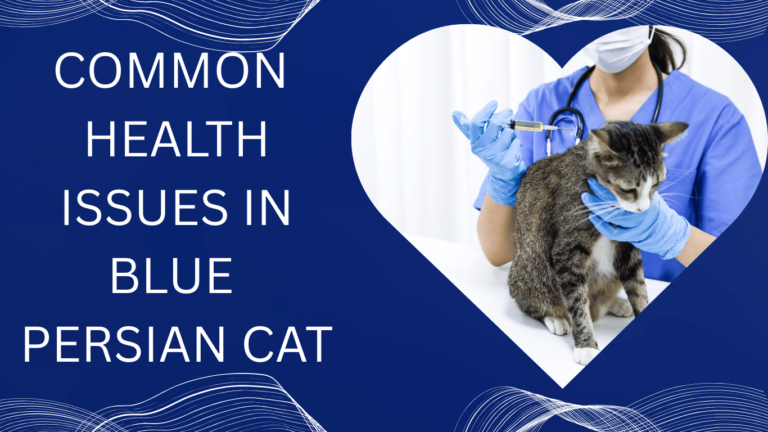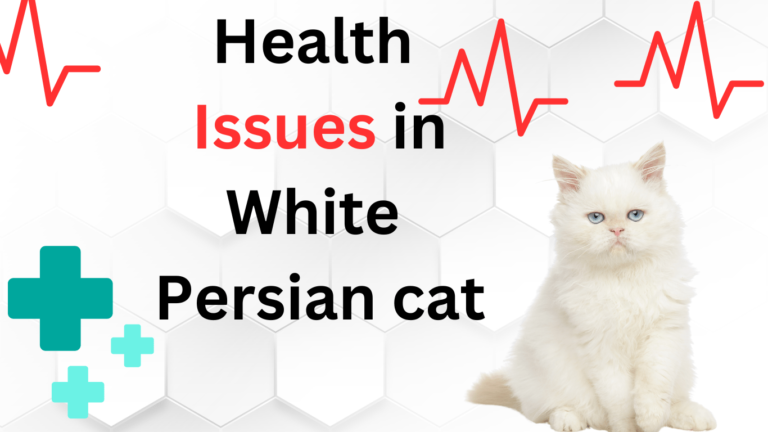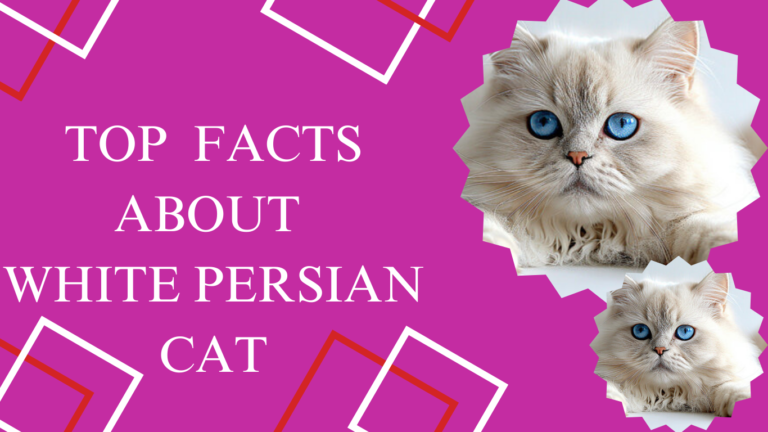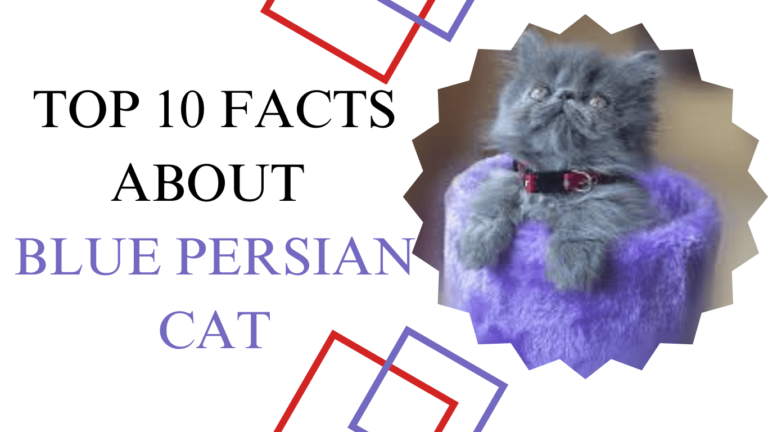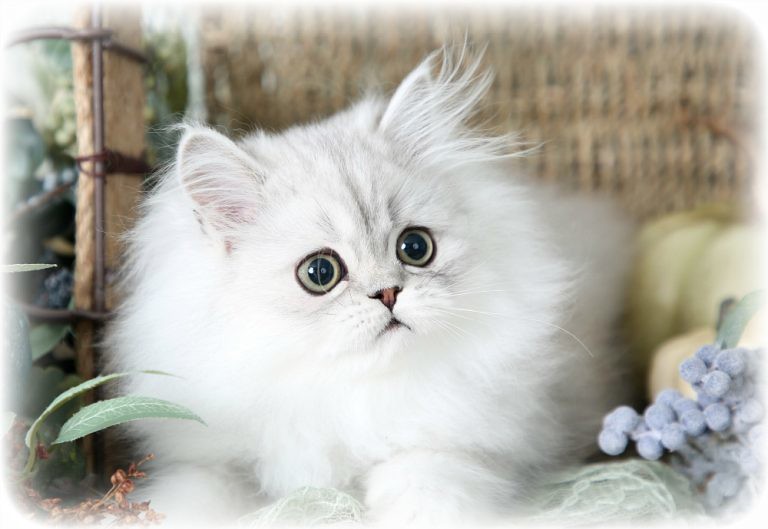Understanding Polycystic Kidney Disease (PKD) in Persian Cats.
Overview:
Approximately one in three Persian cats suffer from polycystic renal disease. Multiple kidney cysts result from a genetic defect in the development of kidney cells. These grow and eventually cause kidney failure. Often this is not until after the breeding age has been reached but it can be much sooner.

What Is Polycystic Kidney Disease (PKD)?
- Polycystic kidney disease (PKD) is a condition in which clusters of cysts grow in the body, mainly in the kidneys. The kidneys may enlarge and eventually quit functioning as a result of the cysts. The majority of PKD cases are familial. This is called an inherited condition.
- Cysts are spherical sacs filled with fluid. They are not cancer. The size of the cysts in PKD varies. They can get really big. The kidneys can be harmed by having a lot of or a lot of large cysts.
- Additionally, polycystic kidney disease can lead to the formation of cysts in the liver, pancreas, and other organs. Serious side effects from the illness can include kidney failure and high blood pressure.
The severity of PKD varies widely.
It’s possible to prevent some complications. Treatments and changes in lifestyle could help lessen kidney damage.
Persian cats with polycystic kidney disease symptoms
- Vomiting
- Weight loss
- Lethargy
- Decreased appetite
- Increased thirst
- Frequent urination
- Urine with blood
- Depression
- Enlarged kidneys
Diagnosis
An ultrasound examination can reveal the number, size, and presence of cysts in each kidney, allowingThe diagnosis of renal failure (CRF) rests upon clinical examination and the results of laboratory tests. for the diagnosis of kidney cysts. When the cat is older than 10 months, this detection procedure is at its most sensitive. There is a genetic test that can determine whether the PKD1 genetic mutation that causes the illness is present or not.
What’s The Treatment For Polycystic Kidney Disease in Persian Cats?
Therapeutic diets (kidney food)
A therapeutic pet food, also known as a prescription diet, is formulated to meet the specific needs of your pet and developed to help diagnose, treat, or prevent nutrient-responsive diseases common to cats and dogs.
Fluid treatment In clinical medicine,
fluid therapy is used to replace dehydration deficits, maintain normal hydration, replace essential electrolytes and nutrients, and serve as a vehicle for the infusion of certain intravenous medications. Except for the urgency of treatment, the same objectives apply to the critically ill animal. The techniques used to supply fluids frequently affect how the situation turns out in the end. As a result, the clinician and staff should be familiar with the pathophysiology of the diseases they are treating and how these conditions relate to the various fluids that can be used at any time.
Medication to support the kidneys
An inherited condition causing fluid-filled cysts in the kidneys. Genetic testing and routine veterinarian examinations are crucial. Suggestion: If your cat has a kidney problem, give them CRETIGO to make their kidneys strong and healthy.
Liver support medicines.
Liver illness is frequently treated with drugs like ursodiol, acetylcysteine, SAMe, and vitamin supplements. To slow the progression of the disease and allow the liver to regenerate, supportive treatment may be advised, including IV fluids, pain management, antacids, anti-nausea drugs, and even a feeding tube.
Click on the name to buy these claims
Medicines for vomiting and nausea.
The following are some supplements and medications that are given to cats who are vomiting:: Antiemetic (anti-nausea/vomiting) medications, such as maropitant or metoclopramide. Antacids like omeprazole or famotidine
Binders made of phosphorus.
In the intestine, phosphorus binders attach to a portion of the phosphorus in the cat’s meal, which is subsequently expelled in the stool. This lowers the amount of phosphorus in the cat’s body over time by preventing the phosphorus in the food from entering the bloodstream.

Conclusion
A hereditary condition known as polycystic kidney disease (PKD) is typified by the development of many fluid-filled kidney cysts. . These cysts can make the kidneys bigger, make it harder for them to work, and eventually cause kidney failure. PKD is inherited, with two main types: autosomal dominant (ADPKD), which is more common and usually diagnosed in adulthood, and autosomal recessive (ARPKD), which is rarer and often diagnosed in infancy.
FAQs
How to avoid PKD in cats?
Eliminating it from the gene pool is the sole method to stop PKD. Cats suspected of carrying the gene must undergo genetic testing by your veterinarian, and you are not allowed to breed them if the results are positive.
How much does a cat PKD test cost?
About Polycystic Kidney Disease testing (PKD)
The cost of the PKD DNA test starts at around £44.00. After your samples arrive at the lab, your findings will be available in ten working days. Persian cats are prone to the condition of polycystic kidney disease (PKD).
How long can cats live with PKD?
Until they exhibit symptoms of CRF, most cats with PKD will lead typical lives. Once CRF symptoms start to show up, they will last till death. This may be weeks or years. Depending on the stage of the disease and the efficacy of any treatments, the impact on welfare will range from mild to severe during this time.



